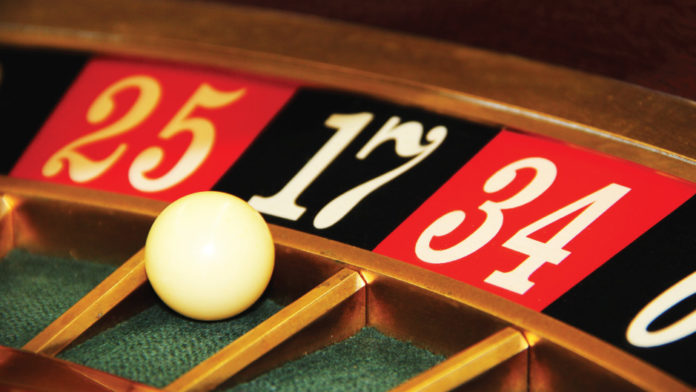Gambling is a multibillion dollar industry in Canada; people can gamble almost anywhere, even at a local convenience store. The rate of gambling participation in Canada is around 75%, with the rate of problematic gambling at 3 – 4%, according to Luke Clark, an Associate Professor in the Department of Psychology and the Director of the Centre for Gambling Research at the University of British Columbia.
“Nevertheless, gambling disorder is a highly debilitating condition that often receives less attention than other forms of addiction,” says Professor Clark.
He and his team recently published a study in Translational Psychiatry regarding problematic gambling. Using MRI, the study looked at brain responses to gambling images, or cues, in problem gamblers. The team recruited 19 people with gambling disorder and 19 healthy volunteers as a control group via a treatment clinic in London, England.
During the brain scan, participants were shown gambling images, neutral (non-gambling related) images and food images, and monitored for their reactions. The images were customized according to the participants’ problematic forms of gambling – images of cards for card players, or slot machines for those that preferred slots.
“We saw that the problem gamblers reacted to the gambling images by activating parts of the brain in the prefrontal cortex and insula that are also associated with craving and self-control in drug addiction.”
This is similar to how the sight of ashtrays or lighters can induce cravings in smokers.
“Of particular interest to us, the level of craving was closely linked to response in the insula,” added Professor Clark.
This finding opens new possibilities for treatment. Currently, the first line treatment for gambling disorder is cognitive behavioural therapy, where patients work with therapists to develop personal coping strategies that focus on challenging their way of thinking about their behaviour and emotions. It is reasonably effective, but like most treatments, it does not work for all patients.
However, this study describes a mechanism associating the triggering of cravings to a specific brain region involved in registering physiological arousal. It strengthens the link between problem gambling and other forms of substance addiction, which suggests that aiming to lower insula signals through selective medication or psychological techniques such as meditation could be prospective treatments.
These treatments can hopefully help those with problem gambling in the near future, but prevention is always better than treatment. So, the next time you gamble, remember to play responsibly.








































